OWL JS 01 — Why Odoo Created OWL: A Framework Built for Modularity
In the JavaScript ecosystem filled with established frameworks like React and Vue, Odoo's decision to create their own framework—OWL (Odoo Web Library)—might seem counterintuitive. After all, why reinvent the wheel? This article explores the key reasons behind this strategic choice and highlights what makes OWL uniquely suited for Odoo's specific needs. The Core Challenge: Extreme Modularity At the heart of Odoo's decision lies one fundamental characteristic: Odoo is extremely modular. This means: Core components don't know beforehand what files will be loaded or executed The UI state is determined entirely at runtime Standard build toolchains aren't viable Odoo isn't just an application with a UI; it's an application that generates a dynamic UI This modularity creates unique requirements that most established frameworks aren't designed to address. Key Considerations Behind Creating OWL 1. Technical Independence Odoo needed to maintain control over their technology stack without depending on decisions made by large companies like Facebook (React) or Google. If these companies changed their licensing or technical direction, it could create significant problems for Odoo's specialized needs. 2. Class Components While modern frameworks are moving away from class components toward functional approaches, Odoo specifically benefits from class-based architecture: Inheritance provides an effective way to share code between generic components Each class method serves as an extension point for addons Components can be monkey-patched to add behavior from outside 3. JIT Template Compilation Odoo's dynamic nature requires just-in-time compilation: Templates are stored as XML in a database and customized via XPaths Templates need to be fetched and compiled at the last possible moment The system must be able to generate and compile templates at runtime 4. Minimal Tooling Requirements OWL is designed to work with minimal mandatory tooling: Templates are compiled by the browser using built-in XML parsers Components can be written with template strings The framework can be integrated with a simple tag No complex build pipeline is required on production servers 5. XML-Based Templates Odoo stores templates as XML documents, allowing for powerful customization through XPaths. This feature is central to Odoo's modularity but isn't well-supported by other frameworks. 6. Simplified Developer Experience OWL prioritizes straightforward APIs: Uses familiar class-based components Features an explicit reactivity system Implements clear scoping rules Avoids unnecessary complexity 7. Optional Reactivity and Concurrency OWL offers: A reactive system that can be optionally disabled when not needed A powerful yet simple concurrent mode for managing asynchronous state changes Conclusion Creating OWL wasn't a decision Odoo made lightly. While established frameworks excel in their designed contexts, Odoo's unique requirements demanded something different. OWL represents a framework built specifically for extreme modularity, just-in-time compilation, and developer accessibility—making it the right tool for Odoo's specialized ecosystem. Stay Tuned for more articles...

In the JavaScript ecosystem filled with established frameworks like React and Vue, Odoo's decision to create their own framework—OWL (Odoo Web Library)—might seem counterintuitive. After all, why reinvent the wheel? This article explores the key reasons behind this strategic choice and highlights what makes OWL uniquely suited for Odoo's specific needs.
The Core Challenge: Extreme Modularity
At the heart of Odoo's decision lies one fundamental characteristic: Odoo is extremely modular. This means:
- Core components don't know beforehand what files will be loaded or executed
- The UI state is determined entirely at runtime
- Standard build toolchains aren't viable
- Odoo isn't just an application with a UI; it's an application that generates a dynamic UI
This modularity creates unique requirements that most established frameworks aren't designed to address.
Key Considerations Behind Creating OWL
1. Technical Independence
Odoo needed to maintain control over their technology stack without depending on decisions made by large companies like Facebook (React) or Google. If these companies changed their licensing or technical direction, it could create significant problems for Odoo's specialized needs.
2. Class Components
While modern frameworks are moving away from class components toward functional approaches, Odoo specifically benefits from class-based architecture:
- Inheritance provides an effective way to share code between generic components
- Each class method serves as an extension point for addons
- Components can be monkey-patched to add behavior from outside
3. JIT Template Compilation
Odoo's dynamic nature requires just-in-time compilation:
- Templates are stored as XML in a database and customized via XPaths
- Templates need to be fetched and compiled at the last possible moment
- The system must be able to generate and compile templates at runtime
4. Minimal Tooling Requirements
OWL is designed to work with minimal mandatory tooling:
- Templates are compiled by the browser using built-in XML parsers
- Components can be written with template strings
- The framework can be integrated with a simple










































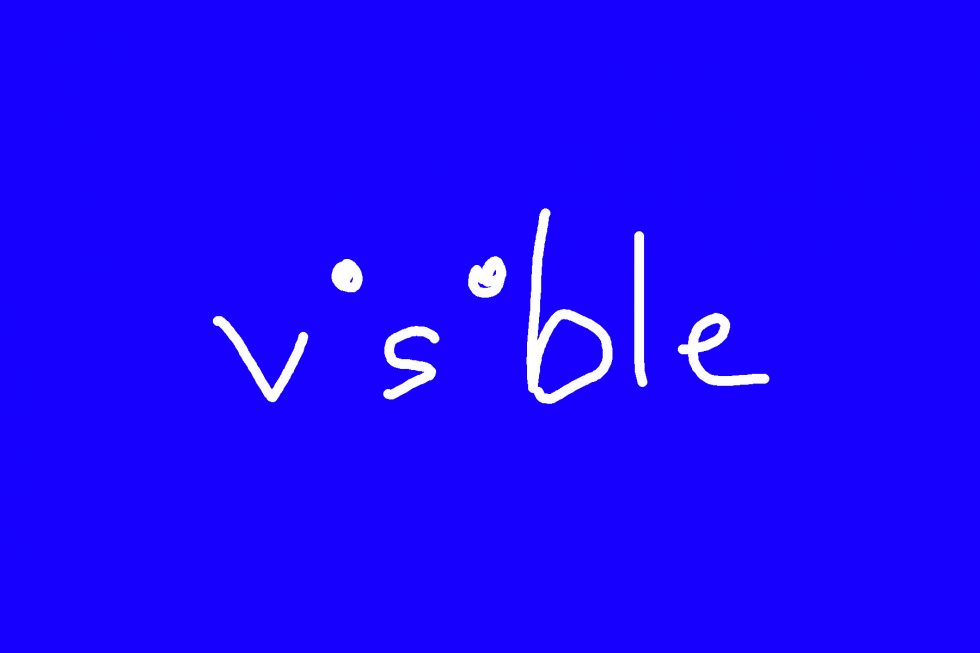


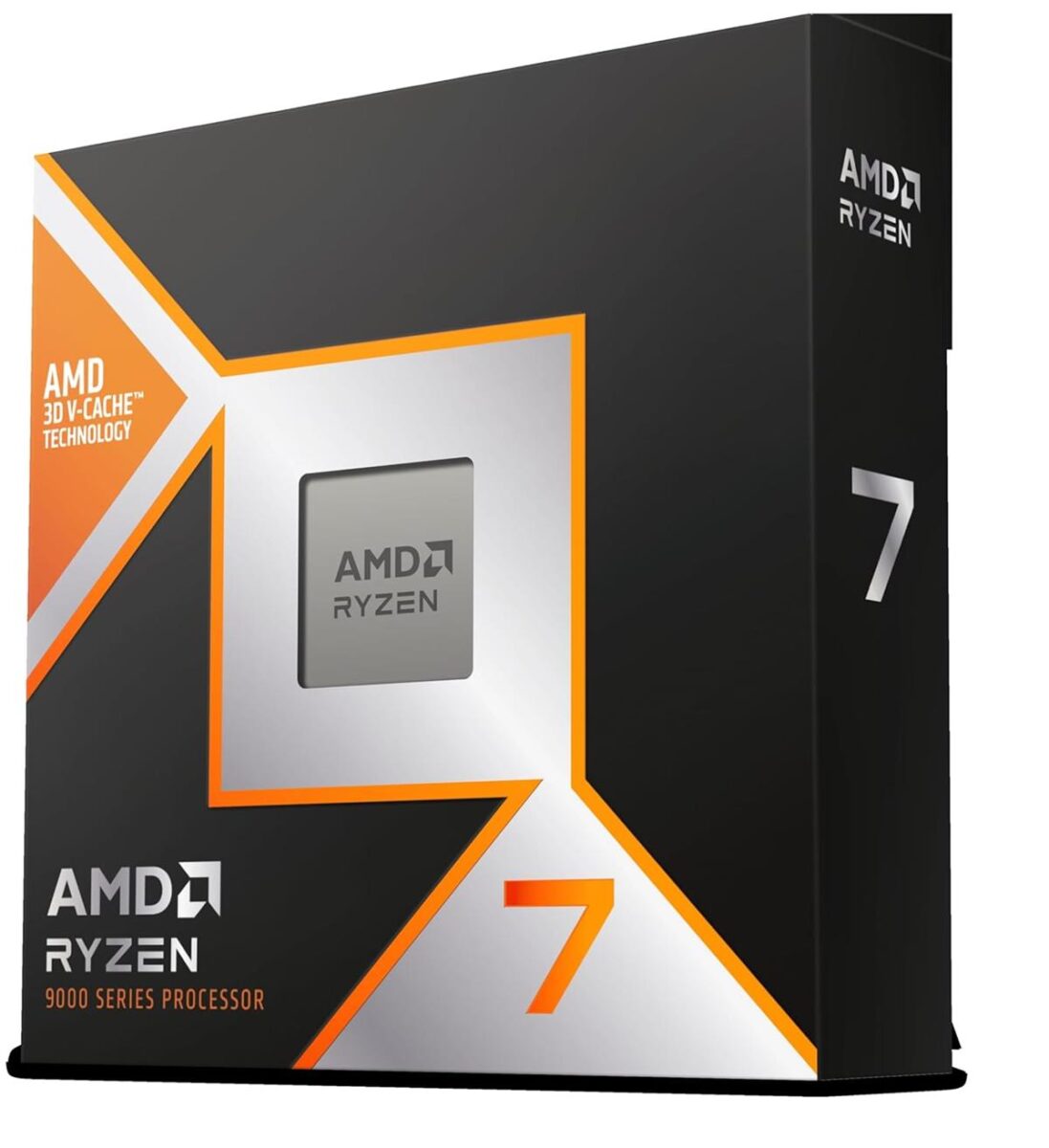
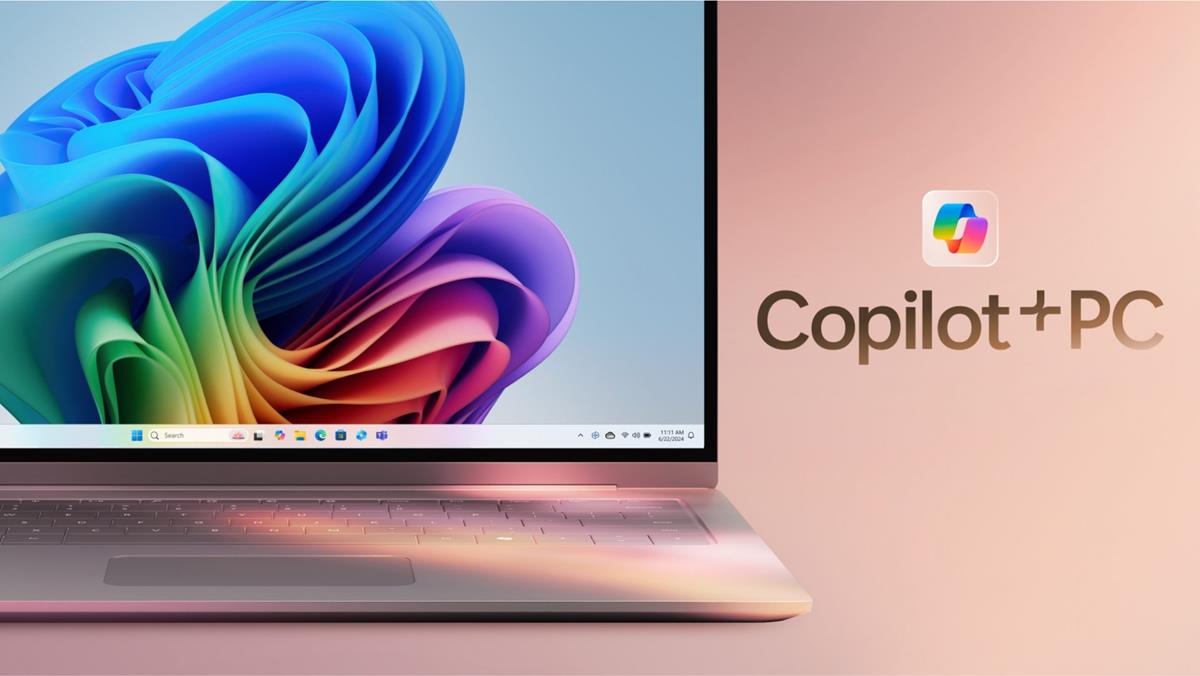

















![Nomad Goods Launches 15% Sitewide Sale for 48 Hours Only [Deal]](https://www.iclarified.com/images/news/96899/96899/96899-640.jpg)


![Apple Watch Series 10 Prototype with Mystery Sensor Surfaces [Images]](https://www.iclarified.com/images/news/96892/96892/96892-640.jpg)




























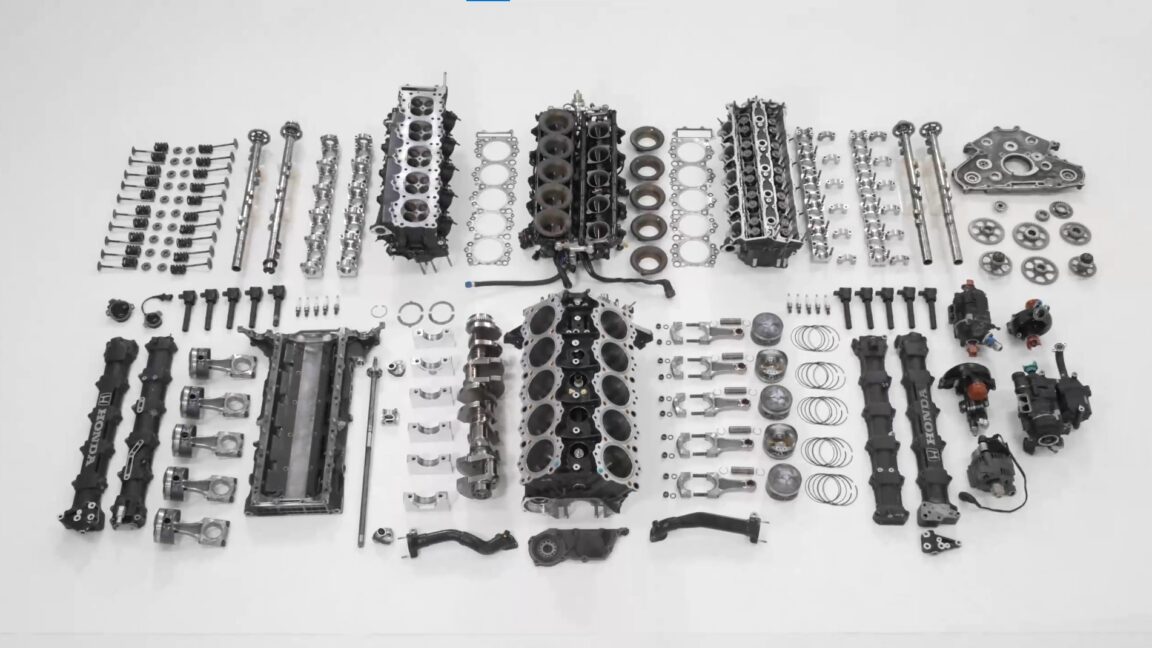

























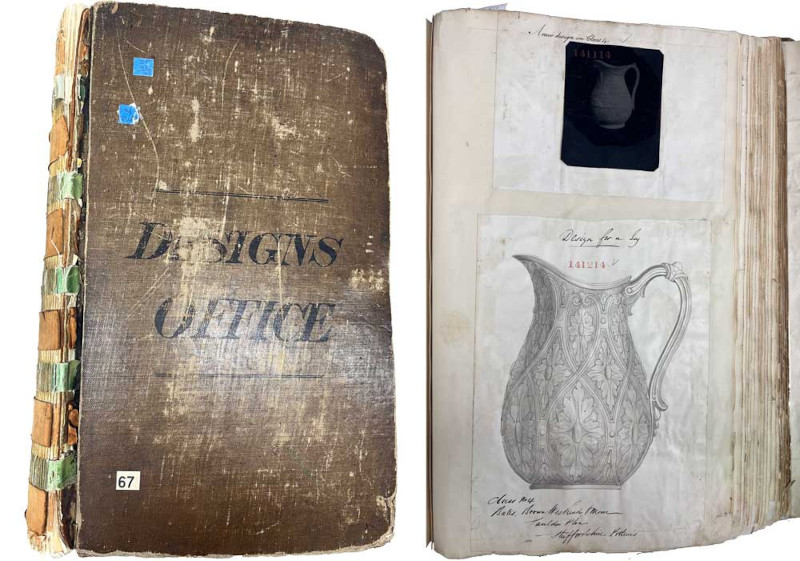
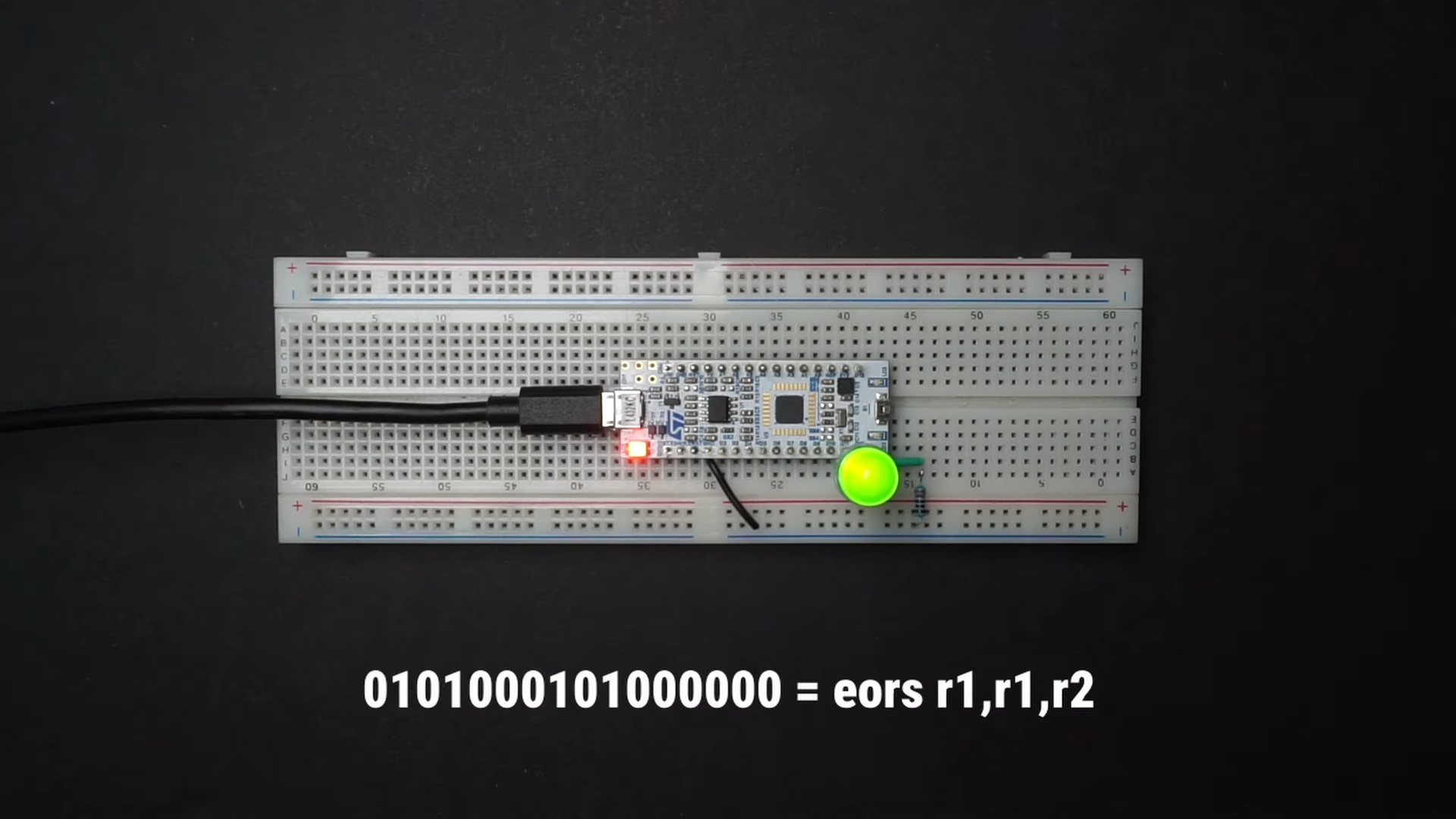





























































































































![[The AI Show Episode 142]: ChatGPT’s New Image Generator, Studio Ghibli Craze and Backlash, Gemini 2.5, OpenAI Academy, 4o Updates, Vibe Marketing & xAI Acquires X](https://www.marketingaiinstitute.com/hubfs/ep%20142%20cover.png)
























































































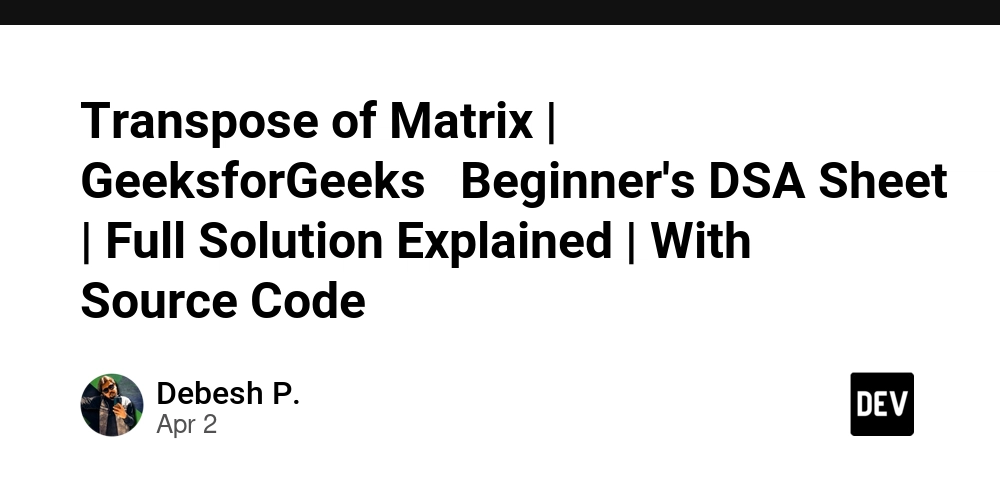




















![Is this a suitable approach to architect a flutter app? [closed]](https://i.sstatic.net/4hMHGb1L.png)



















![From broke musician to working dev. How college drop-out Ryan Furrer taught himself to code [Podcast #166]](https://cdn.hashnode.com/res/hashnode/image/upload/v1743189826063/2080cde4-6fc0-46fb-b98d-b3d59841e8c4.png?#)

























































































